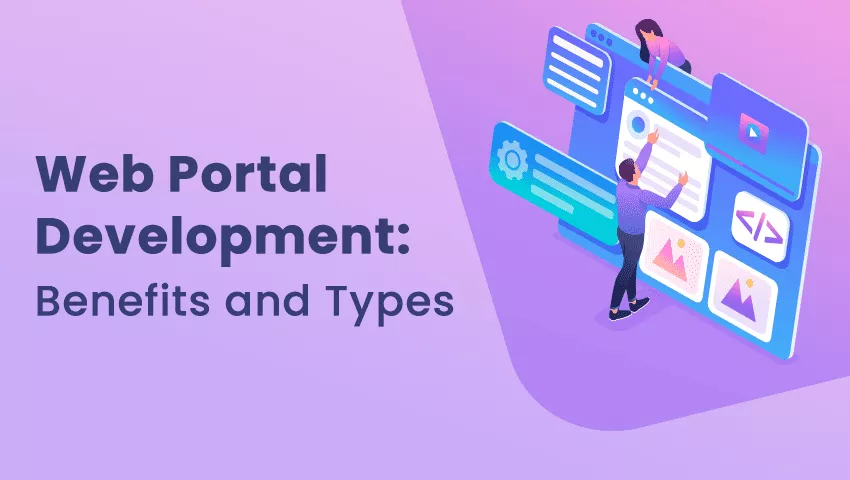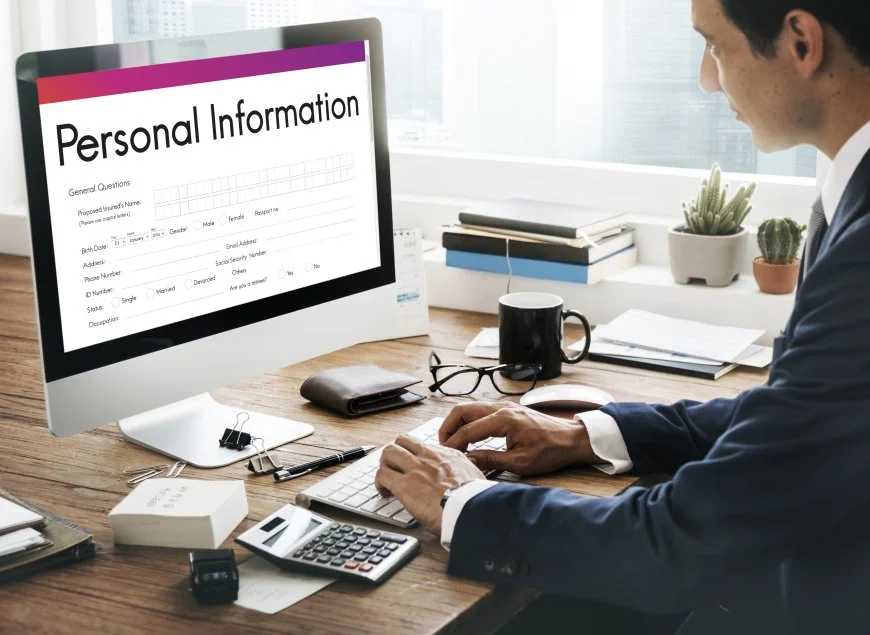Web Portal Development: Benefits and Types
- CRMJetty

- Feb 26, 2023
- 3 min read
What do you do to make your business stand apart from the crowd?
I am assuming the answer is: evolving the business constantly with the latest technologies and new strategies, right?
So, then you might have heard about the portal for sure! It is popular for being a one-stop solution for all business needs like automating manual work, providing security features, helping everyone to stay on the same page, etc.
Yes, having a web portal for your business is a solution for all your business miseries!
But there are questions to answer like:
What type of web portal do you need?
What should be the cost of a web portal for your business?
What are the benefits of a web portal?
And many more.
For that, we have this article!
It answers all the questions you might have about the web portal.
So, without any further delay, let’s get started from the basics:
What is a Portal?
When I was figuring out what a web portal is, I often misunderstood it with websites, but they are not the same!
You might think that a web portal’s features look similar to those of a website, but let me tell you, their purposes are different. Plus, they are not interchangeable.
A website provides access to users to various information from a single point of access. It includes well-organized content comprising company information, articles, vendors, supplier lists, etc. The website uses web pages that anyone can access. Its purpose is to create a digital presence.
The web portal gathers all the information from various sources (CRM, CMS, etc.) into a centralized system for all the users including employees, partners, customers, and admin. This means that you and your team will not have to juggle multiple systems to fetch user data.
It enables easy document sharing and with collaborative tools enhances the communication between teams and with customers.
The web portal requires login credentials, allowing only authorized users to access it. It provides relevant information to users based on their roles. With many security and streamlining features, a web portal gets the plus points in comparison to a website.
Website provides generic information relevant for all the users. However, the portal enables users to access only the required information.
I will justify my opinion in this article by explaining different details of how a web portal is a one-stop solution for enhancing customers’, partners, and employees’ experience.

Use of Web Portal
Now that you know a web portal is, you might want to know their features and benefits for your business. Here are a few that will end your search for a better business streamlining tool.
Enhanced Collaboration
Numerous times in a day, an employee has to send a document or other data to another employee.
Sharing third-party social spaces make interacting with the team easier, but are they efficient? No, they are not. It takes a chunk of time and effort. To save the extra effort and time, you need a web portal that enables easy information flow. With centralized data, users can get all the data at one place with options to share on multiple channels. And with secure sharing, users can share the documents without worry.
Simplified Operations
A web portal reduces your work by automating some tasks. People can fill their data in the system, and the portal will update accordingly.
For example, insurance agents will not be required to update customers’ documents or details every time; customers can do it by themselves. The support team will not have to waste time updating customers about their ticket status or delivery updates. They just require you to log in to the portal. The portal will fetch the data from the CRM automatically.
This way, your team’s productivity will increase, and they can invest their time and effort in something more fruitful.
Better Security
Data theft is hard to escape; however, our web portal has a solution. You can share limited data with specific members or a team with role-based access features.
With page-view access, you can give access to a few pages of your data and keep other data confidential.
With features like two-factor authentication and multiple-factor authentication, you can provide more security to users and gain their trust.
Original Source: https://www.crmjetty.com/blog/web-portal-benefits-and-types/




Comments